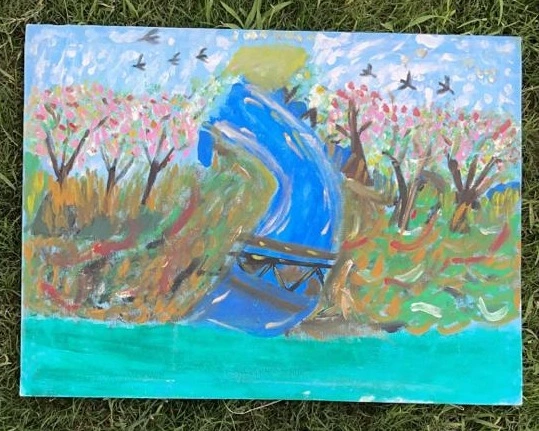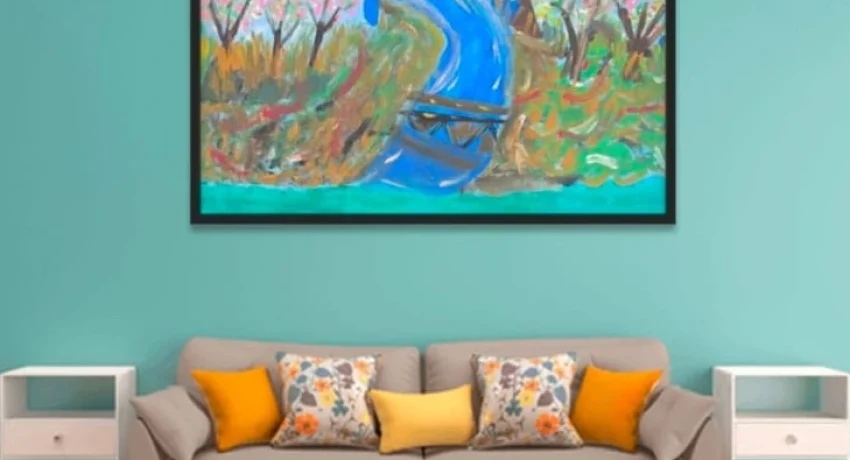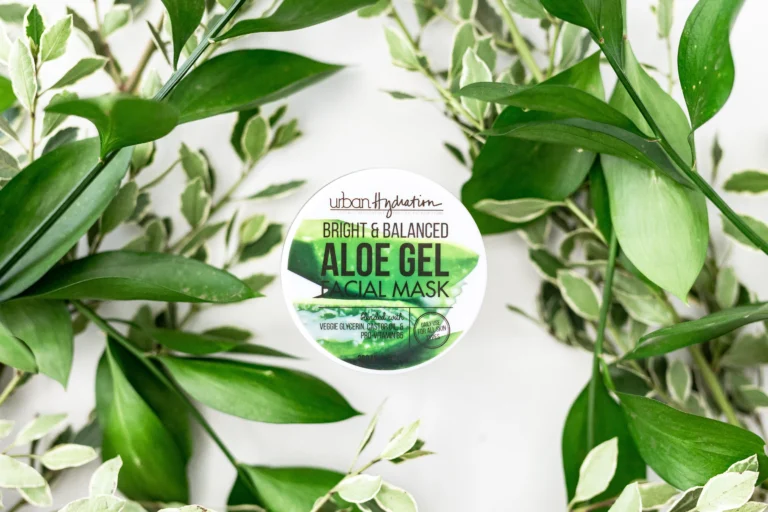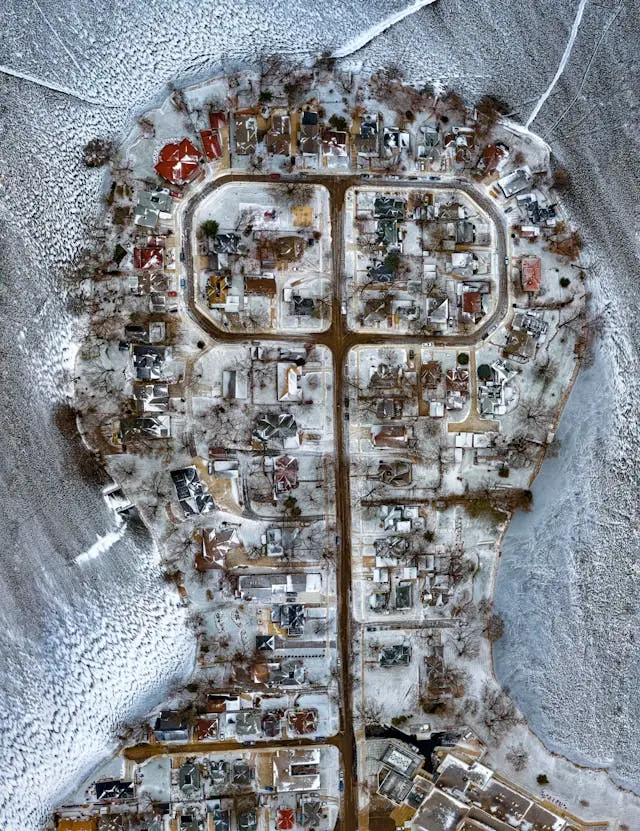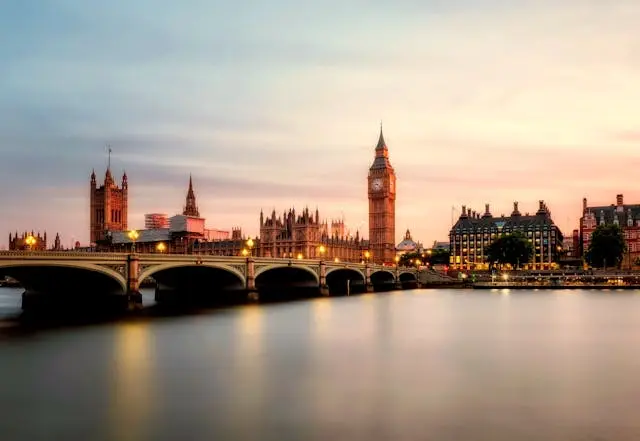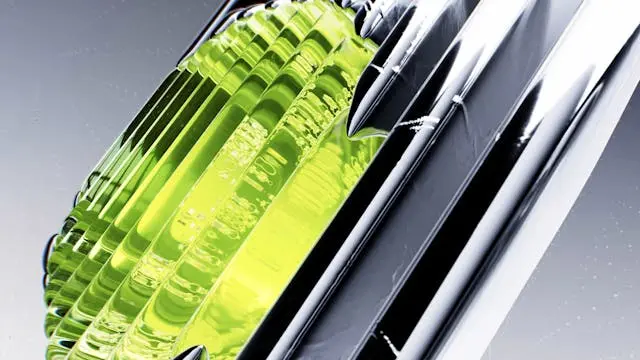MASTER THE ART OF TIMELESS LANDSCAPE PAINTING
Landscape painting has enchanted and inspired artists for centuries. From sweeping mountain ranges to tranquil seascapes, it captures the majesty and mood of the natural world in brushstrokes. More than just decorative art, landscape painting is a powerful form of expression—one that invites viewers to see nature through the eyes of the artist.
In this comprehensive guide, we’ll explore the rich history of landscape painting, essential techniques, materials, and styles, and how you can harness your creativity to produce visually compelling works that stand the test of time.
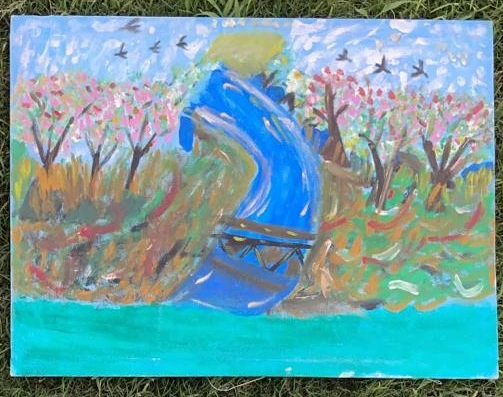
A Brief History of Landscape Painting
The roots of landscape painting date back to ancient civilizations, but it truly began flourishing during the Renaissance. While early European art primarily focused on religious subjects, artists such as Leonardo da Vinci and Albrecht Dürer began incorporating natural settings into their work, giving rise to landscape as an independent genre.
The Dutch Golden Age in the 17th century marked a turning point, as painters like Jacob van Ruisdael and Jan van Goyen created detailed, realistic scenes of rural life, forests, rivers, and skies. Landscape painting further evolved with the Romantic movement of the 19th century, led by artists like J.M.W. Turner and Caspar David Friedrich, who emphasized emotion, drama, and the sublime power of nature.
In modern times, landscape painting has transcended traditional realism to include impressionist, abstract, and contemporary interpretations. Today, artists continue to explore this genre in innovative ways, blending classical techniques with modern sensibilities.
Why Landscape Painting Remains So Powerful
What makes landscape painting timeless and universally appealing? Here are a few reasons it continues to captivate:
- Emotional Impact: A landscape can evoke serenity, awe, nostalgia, or melancholy. Through colors, composition, and light, artists stir emotions deeply connected to nature.
- Connection to Nature: In a world increasingly urbanized and digital, painting landscapes allows both the artist and viewer to reconnect with the earth and its rhythms.
- Creative Freedom: Artists can interpret scenes literally or symbolically. A landscape can be hyper-realistic or abstract, offering endless stylistic possibilities.
- Mindfulness and Healing: The act of painting nature often induces a meditative state, reducing stress and promoting mental clarity.
Essential Tools and Materials for Landscape Painting
Whether you’re a beginner or seasoned artist, having the right materials is key to mastering landscape painting. Here’s what you need:
1. Paints
Choose your medium:
- Oil paints offer richness and depth, ideal for traditional techniques.
- Acrylics dry quickly and are versatile, great for beginners.
- Watercolors are delicate and fluid, perfect for capturing light and atmosphere.
2. Brushes
Invest in a variety of shapes and sizes:
- Flat brushes for bold strokes and skies
- Round brushes for detail
- Fan brushes for texture (grass, leaves)
3. Canvas or Paper
- Canvas is best for oil and acrylics.
- Watercolor paper is essential for water-based paints.
4. Palette and Easel
A well-organized palette and a sturdy easel will greatly enhance your painting experience, allowing for better control and ergonomics.
5. Other Supplies
- Palette knives for texture
- Mediums and solvents (like linseed oil or water)
- Rags and water containers
Foundational Techniques in Landscape Painting
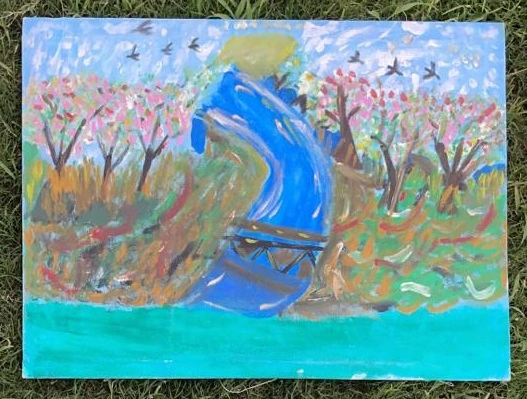
To excel in landscape painting, mastering fundamental techniques is crucial. Here are core methods to practice:
1. Perspective
- Linear perspective creates depth with converging lines.
- Atmospheric perspective uses color and contrast to simulate distance—distant objects are lighter and cooler in tone.
2. Composition
Great landscape composition balances visual interest with harmony:
- Use the rule of thirds to place focal points.
- Create a path for the viewer’s eye with leading lines, such as roads, rivers, or tree lines.
- Include foreground, middleground, and background for depth.
3. Light and Shadow
Light transforms a scene. Observe how it interacts with elements like water, foliage, and clouds:
- Paint shadows with cooler tones.
- Highlight areas facing the light source with warm or bright colors.
4. Color Theory
Understand warm vs. cool colors and complementary color schemes. Nature is filled with subtle color interactions that bring a painting to life.
Popular Styles and Movements in Landscape Painting
The genre of landscape painting spans countless styles, each offering a unique visual language. Here are a few major ones:
1. Realism
A faithful representation of nature, focusing on accuracy and detail. Artists like John Constable exemplified this approach.
2. Impressionism
Popularized by Claude Monet, this style captures fleeting moments, emphasizing light and movement with loose brushwork.
3. Expressionism
Artists like Edvard Munch used landscapes to express emotion and inner turmoil, often distorting colors and forms for effect.
4. Abstract Landscape
This modern style reduces natural scenes to shapes, lines, and colors. It emphasizes feeling and mood over realistic representation.
5. Plein Air Painting
This technique involves painting outdoors to capture natural light and atmosphere in real-time. It’s spontaneous, challenging, and deeply rewarding.
How to Begin Your Landscape Painting Journey
If you’re ready to dive into landscape painting, follow this roadmap:
- Start with Observation
Take a walk or hike and observe your surroundings. Take photos or sketch on-site. Pay attention to light, color, and structure. - Create Thumbnails
Before painting, create small value studies or thumbnails to explore composition ideas quickly. - Block in Shapes
Begin with large shapes and masses, blocking in sky, land, and water before adding detail. - Work from Background to Foreground
Start with distant elements, then move forward, adding texture and detail to close objects. - Refine and Detail
Add highlights, shadows, and accents. Step back often to view the work from a distance. - Finish and Protect
When satisfied, allow your painting to dry completely. Varnish or frame it for display or sale.
Common Mistakes to Avoid in Landscape Painting
Even seasoned artists can fall into traps. Avoid these common errors:
- Overcomplicating the Scene: Simplify. Don’t try to paint every leaf—focus on mood and composition.
- Poor Perspective: Misjudged perspective flattens the image. Always plan depth.
- Ignoring Color Harmony: Unbalanced color schemes can make a painting feel chaotic. Use limited palettes when starting out.
- Skipping the Underpainting: A solid foundation helps unify the painting and guide values.
The Role of Landscape Painting in Today’s World
In an era dominated by digital media, why does landscape painting still matter?
- Sustainability and Awareness: Paintings can advocate for environmental preservation by portraying endangered ecosystems or threatened beauty.
- Mindful Creation: Unlike digital art, painting demands time, attention, and reflection—a valuable counterbalance to modern speed.
- Therapeutic Value: Engaging with nature through painting reduces stress and boosts mental health. Many art therapy programs now incorporate landscape painting for healing.
Final Thoughts: Your Journey Begins Here
Landscape painting is not just an artistic genre—it’s a timeless conversation between humans and the natural world. It captures not only what we see, but also how we feel. From snowcapped mountains to golden fields, roaring oceans to misty woods, nature offers endless inspiration for the passionate artist.
Whether you’re standing in a forest with your easel or sitting at a studio desk with reference photos, each brushstroke brings you closer to the heart of the earth. Embrace the journey, master the techniques, and allow your imagination to shape a world of its own.
Let landscape painting be your creative escape, your bold expression, and your timeless legacy.
